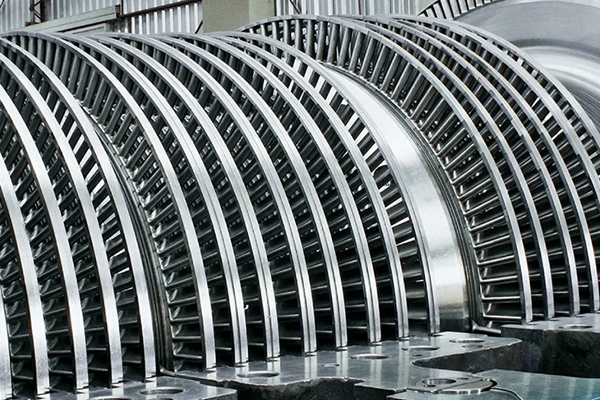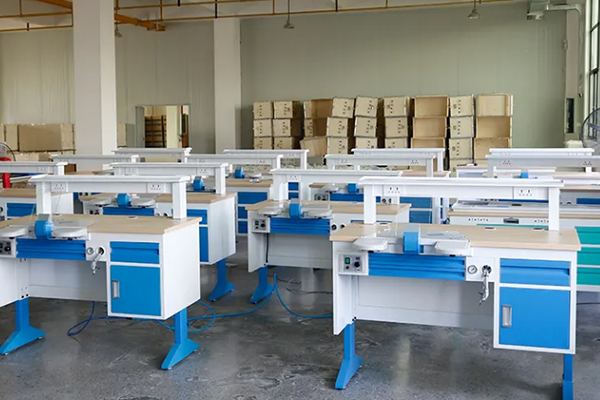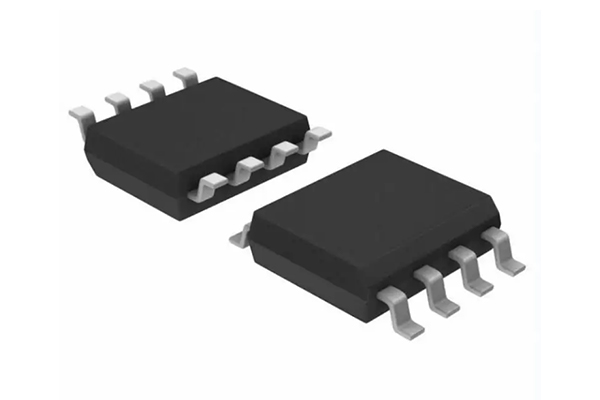10 Must-Knows About Energy Storage Technologies
Description
Energy storage is crucial for stabilising electricity grids, integrating renewable energy and enhancing energy efficiency across all sectors. Here are ten key facts that you should know:
Energy storage enables the integration of renewable energy
Solar and wind energy are intermittent sources; they do not produce constant output. Energy storage retains surplus energy during production peaks and releases it when needed, thereby ensuring a stable electricity supply.
Lithium-ion batteries dominate
Lithium-ion batteries (Li-Ion) provide high energy density, long operational life and efficiency. They power smartphones, electric vehicles (EVs) and grid-scale storage systems.
Flow batteries enable long-term storage
Flow batteries store energy using external electrolyte solutions. They suit large-scale applications with extended discharge periods, including grid storage and emergency power supply.
Solid-state batteries represent the future of energy storage
Solid-state batteries replace liquid electrolytes with solid materials. This design increases energy density and operational life. Researchers are assessing their use in electric vehicles and portable electronics.
Hydrogen storage supports clean energy systems
Hydrogen functions as an energy carrier by storing surplus green renewable energy as green hydrogen. This method is significant for decarbonising sectors such as transport and manufacturing.
Pumped-storage power stations provide the widest-ranging solution
Over 90 % of worldwide energy storage capacity is in pumped storage. This approach uses surplus electricity to pump water uphill and releases it through turbines to generate electricity when required.
Thermal energy storage reduces peak demand
Thermal storage systems capture energy as heat or cold for later use. They are used in concentrated solar power facilities, for heating factories and for cooling buildings.
Supercapacitors provide a rapid energy boost
Supercapacitors store energy without altering its chemical composition. They charge and discharge quickly and are valuable where short bursts of power are required, such as in electric vehicles that recapture braking energy.
Sodium-ion batteries offer a cost-effective alternative
Sodium-ion batteries are emerging as a cost-effective and sustainable substitute for lithium-ion batteries, particularly in stationary energy storage. They use abundant sodium instead of lithium, thereby reducing supply chain issues.
Second-life batteries extend battery lifespan
Using electric vehicle batteries for grid storage maximises battery usage, reduces waste and permits low-cost energy storage. Further information is available at Stanford Advanced Materials (SAM).
Frequently Asked Questions
1. What is energy storage and why is it important?
Energy storage captures energy for later use. It contributes to stabilising the electricity supply, particularly with solar and wind sources.
2. What distinguishes lithium-ion batteries from other types?
Lithium-ion batteries charge quickly and supply high power outputs. Other technologies such as flow and sodium-ion batteries may perform better over prolonged periods or offer lower costs.
3. What are the advantages of hydrogen storage?
Hydrogen stores energy for long durations. It is suitable for decarbonising sectors such as industry, transport and manufacturing.
4. What is a pumped-storage power station?
A pumped-storage power station moves water between two reservoirs to store and release energy. It is the most commonly used method for large-scale storage and contributes to balancing power grids.
5. How long do energy storage systems last?
The lifespan depends on the technology. Lithium-ion batteries typically last between 10 and 15 years, flow batteries offer longer durations and pumped-storage power stations may operate for several decades.

 Bars
Bars
 Beads & Spheres
Beads & Spheres
 Bolts & Nuts
Bolts & Nuts
 Crucibles
Crucibles
 Discs
Discs
 Fibers & Fabrics
Fibers & Fabrics
 Films
Films
 Flake
Flake
 Foams
Foams
 Foil
Foil
 Granules
Granules
 Honeycombs
Honeycombs
 Ink
Ink
 Laminate
Laminate
 Lumps
Lumps
 Meshes
Meshes
 Metallised Film
Metallised Film
 Plate
Plate
 Powders
Powders
 Rod
Rod
 Sheets
Sheets
 Single Crystals
Single Crystals
 Sputtering Target
Sputtering Target
 Tubes
Tubes
 Washer
Washer
 Wires
Wires
 Converters & Calculators
Converters & Calculators
 Write for Us
Write for Us





 Chin Trento
Chin Trento



